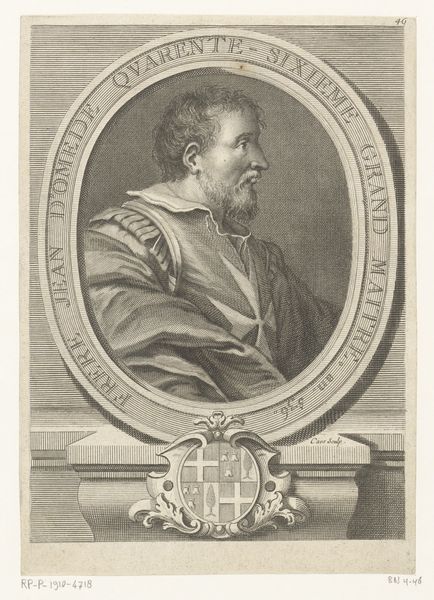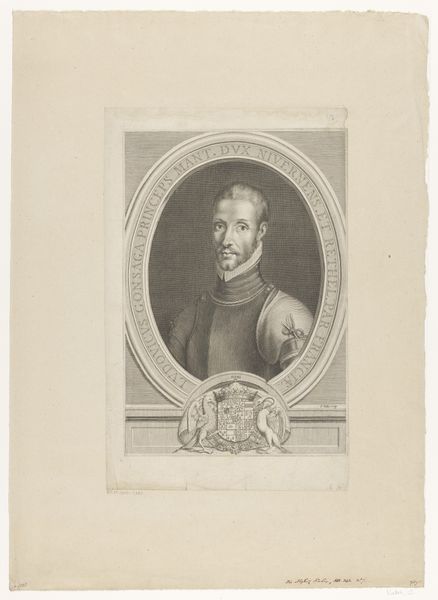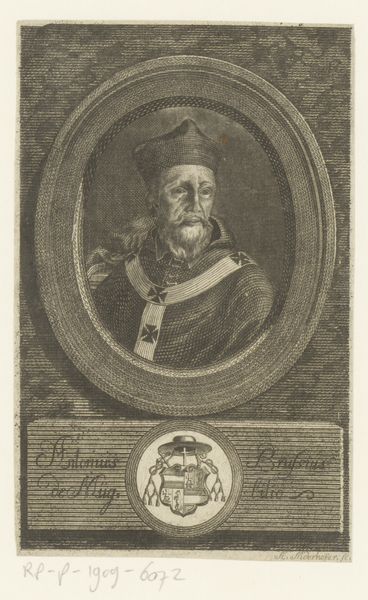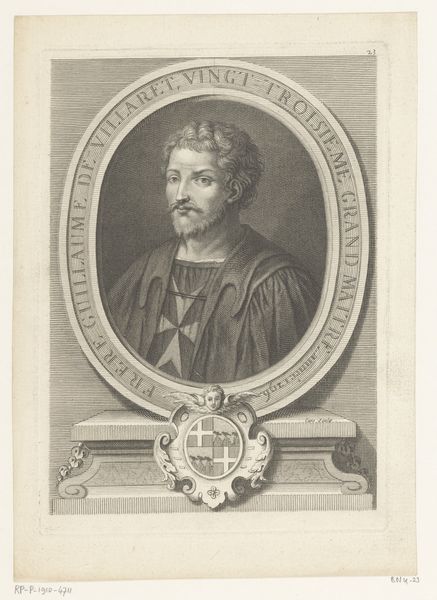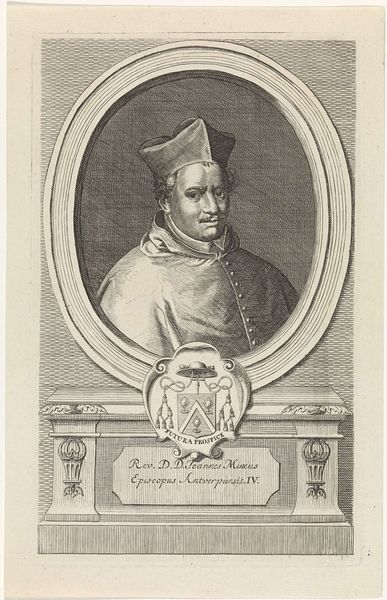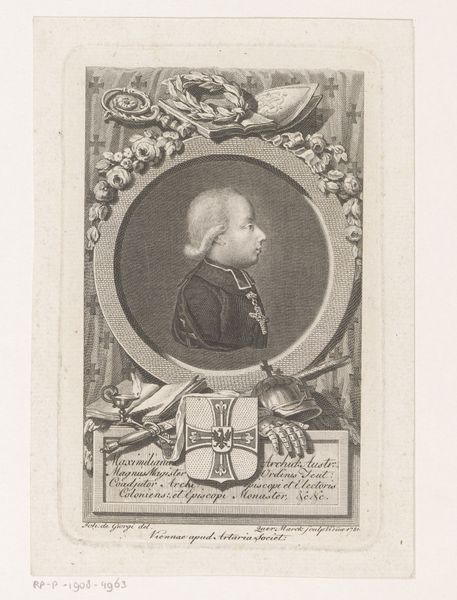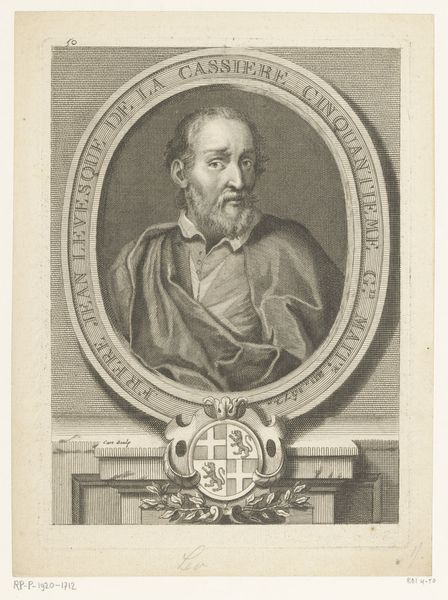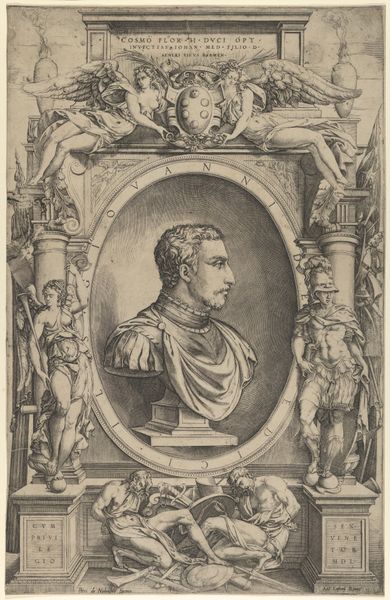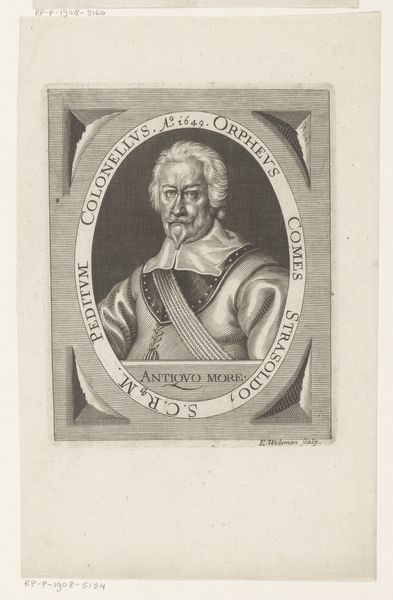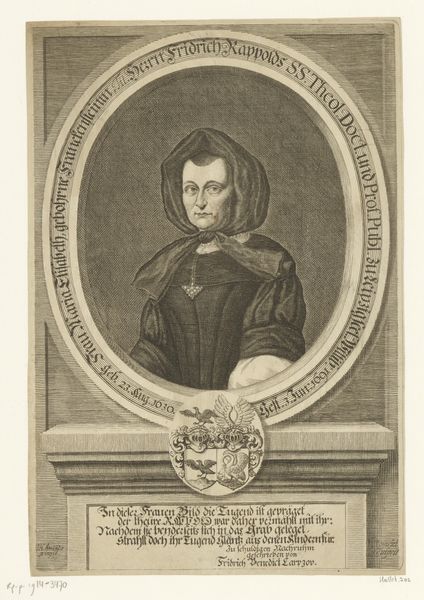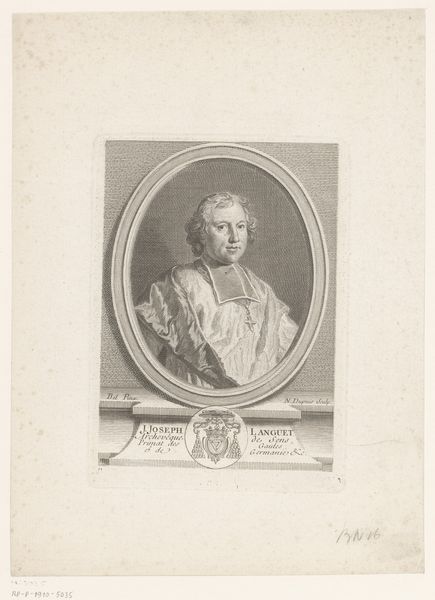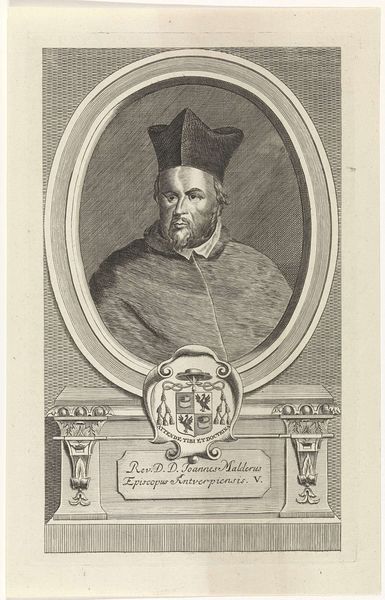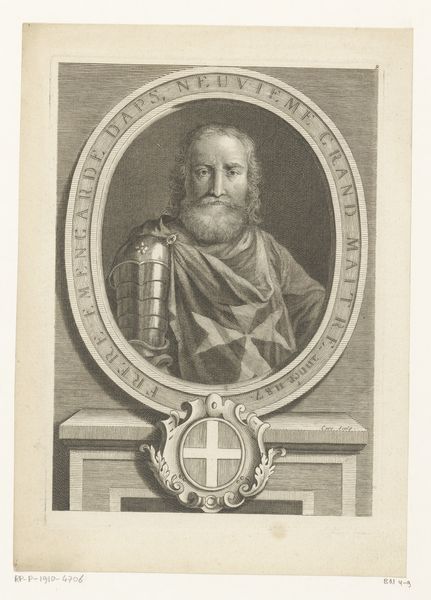
engraving
#
portrait
#
baroque
#
old engraving style
#
caricature
#
history-painting
#
academic-art
#
engraving
Dimensions: height 213 mm, width 148 mm
Copyright: Rijks Museum: Open Domain
Editor: So this engraving, "Portret van Foulques de Villaret" by Laurent Cars from 1726, has such a strong presence. The man's armor, combined with the detailed engraving, feels both powerful and a bit…austere? What do you see when you look at this piece? Curator: I see a carefully constructed assertion of power rooted in a very specific historical context. We need to consider the Baroque style itself—often employed by the aristocracy to reinforce social hierarchies and project dominance. But, consider what it *means* to choose engraving—a meticulous, reproducible medium—to depict Villaret. How does this choice democratize, or complicate, ideas about access to power? Editor: Interesting. I hadn't thought about the medium that way. Curator: Think, too, about what is *not* explicitly stated. Villaret was the Grand Master of the Knights Hospitaller. Why not focus on overtly religious symbols? Instead, we see this calculated, almost secular display of authority through his dress and pose. What is that telling us? Is it a reflection of the changing power dynamics of the 18th century? Editor: So it's less about divine right and more about earthly control, perhaps? Curator: Precisely. And think about the reception of this image. Was it meant to inspire, intimidate, or perhaps even…to legitimize a particular power structure? Editor: I never considered how much a seemingly simple portrait could communicate about power and societal shifts! Curator: It's about recognizing the intersections of art, power, and representation. Understanding that this image is actively participating in a discourse, not simply reflecting reality.
Comments
No comments
Be the first to comment and join the conversation on the ultimate creative platform.
